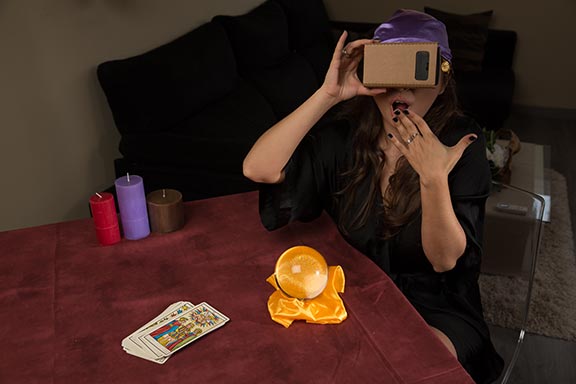Facts vs. Friction: VR Porn’s Role in Data Commercialization (part 1)
Many, many months ago a gentleman approached me via Email, curious as to whether BaDoinkVR was interested in sponsoring an event in Europe. We talked about VR porn, our progress, my hopes. When I alluded to our formidable traffic volume, and subscriber base, the guy immediately changed the subject, away from sponsorship, and into data commercialization. The sale of data, more

Have no fear: VR porn data is VR data
Data commercialization is not something my company ever considered. It was never on our radar. Perhaps, a blind spot. More likely, the fact that we haven’t, historically, had user data that would be of any commercial value played a key role.
That changed with BaDoinkVR. We have valuable consumer data, and access to a lot more of it than most–and I do believe that ‘most’ is an understatement; nearly all is likely better.
Do you believe VR represents a disruptive leap in mass communication? Yes or no, it doesn’t matter, because, whether you’re in entertainment, government, advertising, travel & tourism, healthcare, sports, gaming, or even an NGO, you have to at least acknowledge that there is a possibility. And acknowledging that, you must acquire reports, hopefully drawn from large data samples, that will build your case for or against focusing on virtual reality.
The cynical will point to the fact that these reports are most important to CEOs because, when a new venture goes belly up, they can point to the data and say, “I did my research. Everything suggested this would work.”
Anyway, this conversation got me very excited. At this point, where VR insights are concerned, Greenlight Insights is king. In my experience, their reports are built on 1 or 2,000 respondents.
Owing to the size of BaDoinkVR’s subscriber base–which includes a huge number of HTC Vive users, Oculus Rift users, Gear VR users, Playstation VR users, Google Daydream users, and cardboard users–and the fact that there are more of each added to our database every day, I reckoned that we could produce reports that boasted 6 or 8 or even 10,000 respondents.
I’m no expert on data commercialization, or the productization of data, but from my limited exposure, this is what it is: You generate survey questions with the help of a quantitative/qualitative analyst, get a slew of targeted people to take the survey, organize the data into a logical, sortable report that covers everything from demographic data to usage data, and then you sell it to as many corporations and organizations as you can.
The challenge for all consumer research firms is getting enough people to take the survey. That’s key, and that’s where the risk lies, because it’s expensive, and there is no guarantee that you’re going to get enough respondents to make your report significant.
The advantage we at BaDoinkVR have over all of these firms is that where getting VR users to respond to a survey is concerned, the cost is minimal. I mean, I can say, “Hey, take this survey. Fill it out accurately, and receive two free weeks of membership for free.” And of course, BaDonkVR’s subscriber base is filled with so many bona fide evangelists, many would simply fill out the survey for free.
So as you can imagine, this was a pretty exciting idea for me.
BUT WHY DIDN’T IT WORK? CHECK BACK TOMORROW FOR PART 2 OF THIS ARTICLE!
1 Comment
Join the discussion and tell us your opinion.
[…] is part 2 of 2. In the first part, I tried to provide a little background on the subject of data commercialization, and how the […]